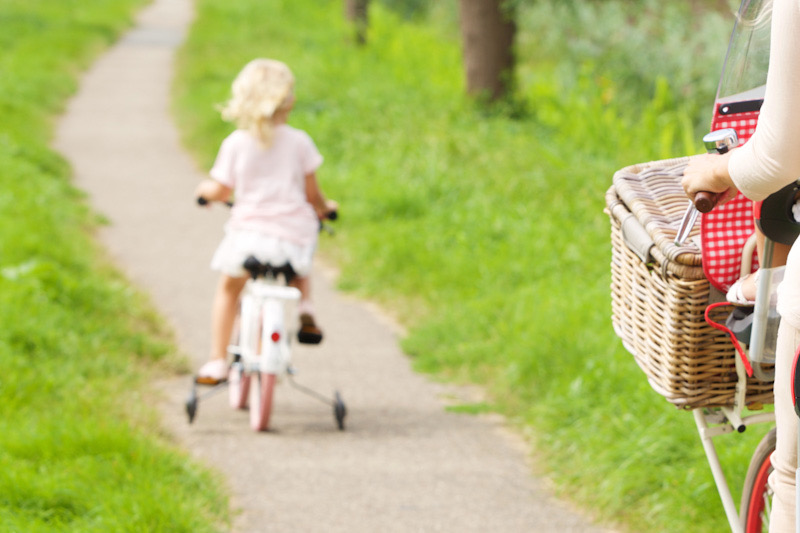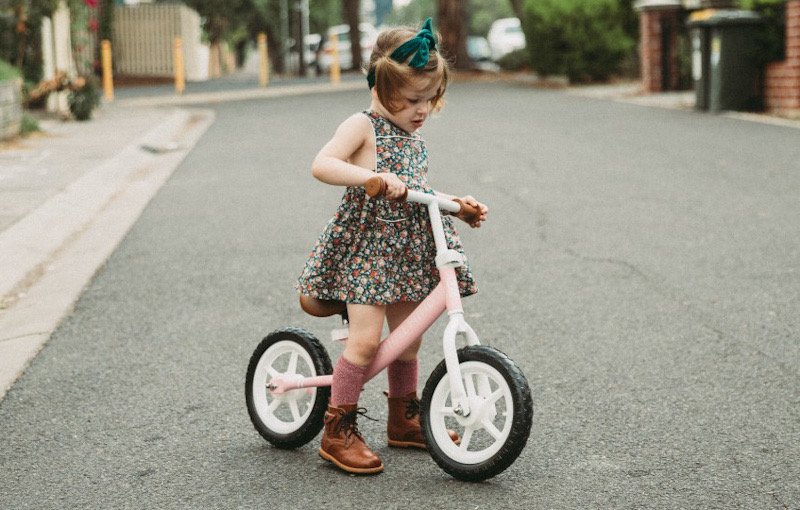
Contact Me
Most Recent Blog Posts
05/16/2024
ChatGPT and the Educational Pump Fake
05/25/2023
On Failure...
05/16/2023
An Ode to the GOAT (of Failure)
02/12/2021
Failure Judo: Take Time to Recover
07/31/2020
Failure Judo: Build Community
07/30/2020
Failure Judo: Discuss
07/29/2020
Failure Judo: Be Meta
07/28/2020
Failure Judo: Tinker
07/27/2020
Failure Judo: Practice
07/26/2020
Failure Judo: Reframe the Experience
07/25/2020
Failure Judo: Manage Loss
07/24/2020
Failure Judo: Take Incremental Steps
07/23/2020
Failure Judo: Fail on Furpose
07/22/2020
Failure Judo: Visualize Failure
07/21/2020
Failure Judo: 11 Tools to Make Failure Work for You.
07/20/2020
Perseverance Isn’t Enough.
02/05/2020
Why You Should Try New Things
01/09/2020
Piaget and Failure…
01/04/2020
The Value of Struggle
01/02/2020
The Fear of Failure
11/16/2019
Why Failure Beats Practice Alone
11/14/2019
Reclaiming Failure Tactic: Visualization
11/05/2019
Legos, the Process, and Failure
10/30/2019
Fail First, Succeed Later
10/25/2019
Failure... Like Riding a Bike
10/24/2019
Michael Jordan: Faiure
10/23/2019
Pole Vaulting - A Journey of Failure
10/18/2019
Failure... Like Riding a Bike
10/24/2019
One thing about failure – at least most of the time – is that it isn’t permanent or fatal. Of course there are exceptions. You’re probably thinking of something heinous involving great bodily harm, the permanent destruction of property, or a catastrophic end to a relationship. I’m sure there are others. However, I’m also reasonably confident that (1) These types of failures constitute the vast minority of failure opportunities we have in our lives, and (2) in some cases, flipping the right switch can limit the impact, or even the likelihood that these failures occur in the first place. So, for the sake of understanding failure in our quest to make failure our own tool for success, can we say that failure isn’t permanent or fatal?

Think about learning to ride a bike. Most of us start out with a tricycle, or maybe with one of those scoot bikes, where both feet easily touch the ground while you are in the saddle. The scoot bike is a great first step, and full of — wait for it — failures. What’s the objective? Balancing on two wheels. Watch a kid do this sometime. They will push off with one or both feet, lifting them into the air, and just for a moment… balance on two wheels. Then, gravity and a lack of skill takes over, and the bike tilts slightly to one side, forcing them to put their feet down. COMPLETE AND UTTER FAILURE, LITTLE KID. Just kidding. Well, sort of. Nobody learns to balance on a bike like that the first time. Add to that the fact that one of those little things can’t even go fast enough to benefit from the gyroscopic effect that makes it easier to stay balanced on a regular bike. However, it’s worth noting here that the entire purpose of this bike is to allow the child to tinker with, and get a feel for balance with almost no risk at all. Thus, the child fails over and over, and in the process they learn to balance. If upon putting their feet back down the first time, the child stepped off the bike and said, “Well, I tried and I failed. Time to move on,” they’d be laughed right out of preschool. Ridiculous, I know. Obviously, they don’t see it that way and everyone knows it’s just baby steps in the learning process. After a while, the kid learns to balance good enough that we decide they are ready for training wheels.
If you think about it, every time a training wheel touches the ground, it’s a failure. It is a failure with almost no consequences, and a frequency that is too high to even bother tracking. However, each and every time a training wheel touches the ground, the rider learns a little. How much they learn is mediated by things like how much attention they are paying, the height of the training wheels relative to the back wheel of the bike, and so on – but the learning is happening. Now, there are different schools of thought on how to proceed. Some parents, I’ve found, slowly raise the height of the training wheels so that over time, the rider needs them less and less until they become simply a psychological support, touching the ground only occasionally. I think this was definitely me for my oldest kid. Other parents wait a while, and then one day they just get bored, take them off, and push the kid down the middle of the street, yelling at them to just pedal as fast as they can. Kid number two went something like that for me, as I recall. By the time I got to number seven, I think the official strategy I endorsed involved not ever tightening the training wheel bolts, and watching them get progressively more wobbly (and less useful), until one finally fell off, and then saying something like, “See? You didn’t even need the training wheels.”
Whether we are learning to ride a bike or doing almost anything else, chances are good that most of our failures are not, in fact, permanent or fatal. Why does this matter? Well, it matters because this limit to the term of our failures means that we can keep trying. It also means that even in cases where a failure might be more permanent if left to its own devices, we can keep this in mind and possibly control that factor on purpose. Just like riding a bike, our failures can become things that happen, we learn from them, and then we move on. The important thing is not letting the idea of our failures prevent us from engaging in the cycle of learning from them.